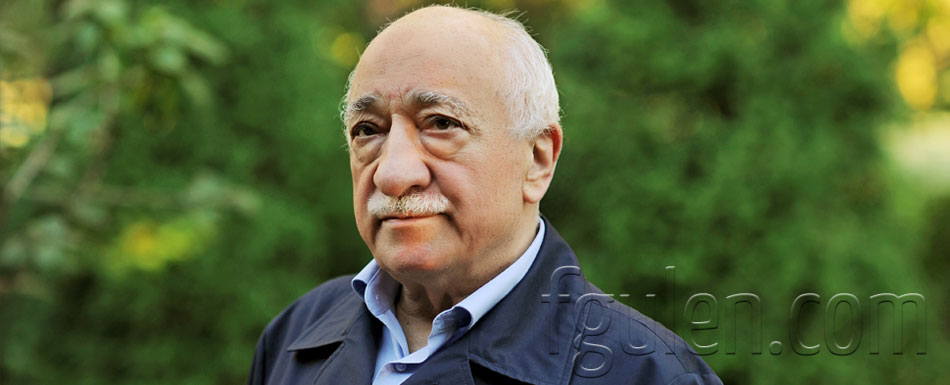What elements shape the identity of the Gülen Movement?

The collective identity of the Gülen Movement depends on the way that a multitude of choices, goals, relations, services and representations are held together. It is the outcome of conscious, laborious processes. However, some dimensions of a social movement’s collective identity may be weaker or stronger than others, and some may have secondary or tertiary priority. In the case of the Gülen Movement, some (such as political power or governmental change) do not even make it into the classification.
The identity of the Gülen Movement is not shaped by transcendent, metaphysical and meta-social elements and entities, such as myths, legendary saints, idealized ancestors or sacral celebration of any individual. On the contrary, although the Movement is a faith-inspired initiative and the founding elements come from Islam and its universal values, it increasingly and progressively associates itself with purposive human action, culture, communication and social relations resulting from the services it provides.
Because of feedback – criticism and praise – from outside the Gülen Movement, the collective identity is the product of conscious action, the outcome of self-reflection, and more than a set of given or “structural” characteristics. The Movement is becoming increasingly self-reflexive, inclusive, integrative and universalistic due to its conscious collective construction of identity within a widening transnational environment of social relations.
- Created on .
